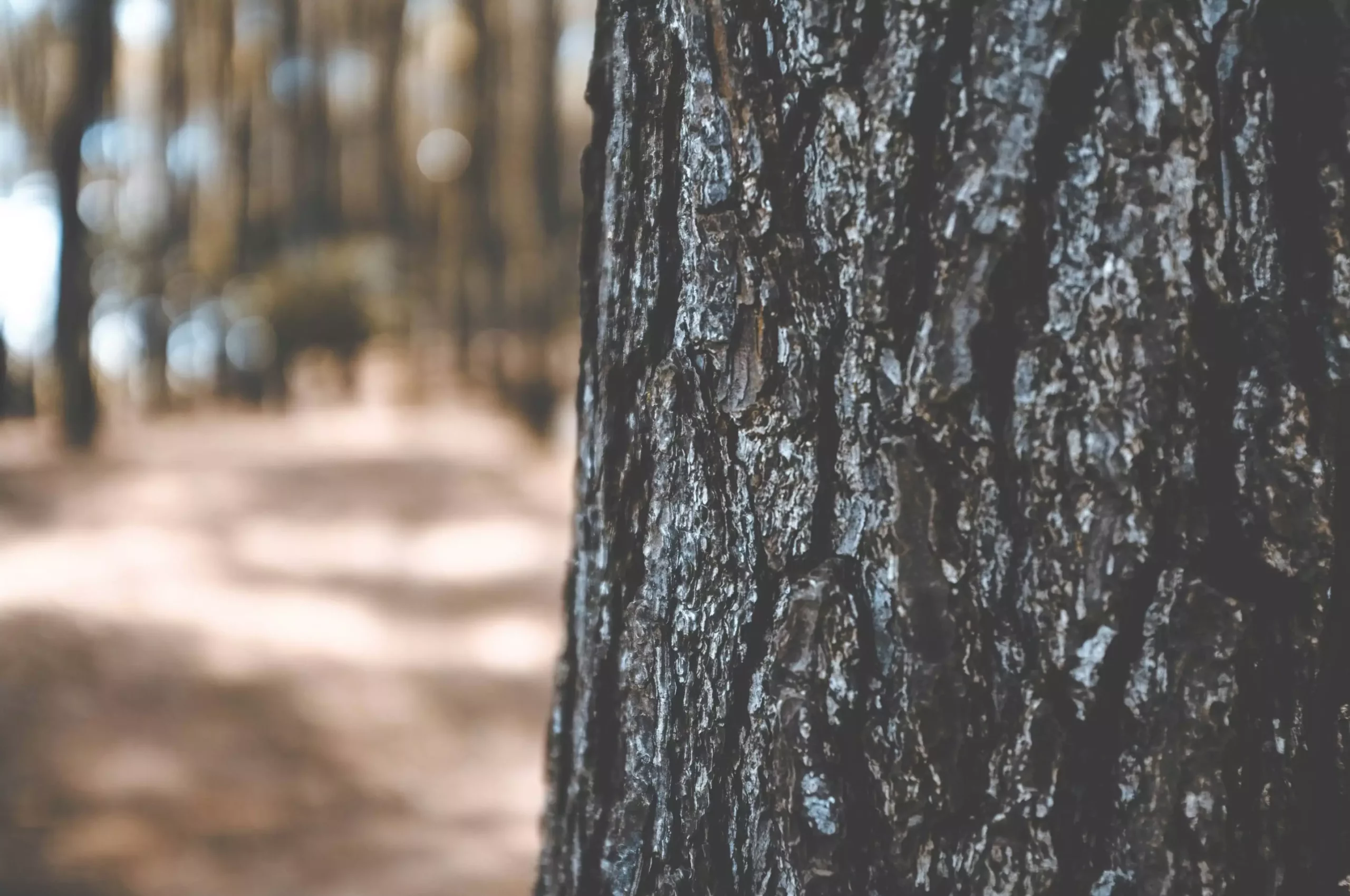In our quest to combat climate change, we often idolize renewable energy sources and carbon capture technologies, overlooking the silent giants that surround us: trees. A recent groundbreaking study has unveiled an astonishing capability of these natural wonders – their bark surfaces are potent tools for mitigating greenhouse gases, particularly methane. This information, published in *Nature* on July 24, adds a substantial layer to our understanding of trees as more than just carbon sinks; they are also a vital mechanism in the fight against global warming.
Methane, a greenhouse gas far more potent than carbon dioxide, is responsible for roughly 30% of global warming since the Industrial Revolution. With emissions accelerating at alarming rates, the scientific community has been in dire need of innovative solutions to this mounting crisis. Enter trees: researchers from the University of Birmingham and their international collaborators have quantified how microbes residing in tree bark can absorb atmospheric methane, suggesting that trees may be as crucial, if not more so, than soils in the natural removal of this harmful gas.
Revolutionizing Our Perception of Trees
Historically, the conversation about trees in climate science has revolved around their ability to sequester carbon dioxide through photosynthesis. The revelation that they can also absorb methane shifts the paradigm. This new understanding could lead us to reevaluate our approach to tree conservation, planting, and utilization in urban planning. Trees do not merely exist to serve humanity by providing timber or aesthetic landscapes; they play an essential role in our planet’s climatic system on multiple fronts.
Professor Vincent Gauci, who led the study, poignantly captures this notion by stating that trees provide a “vital climate service” beyond what has traditionally been recognized. He emphasized the significance of increasing forested areas and diminishing deforestation as cornerstones to the Global Methane Pledge’s ambition of cutting emissions by 30% by the decade’s end.
Insights from Diverse Ecosystems
The research highlights a fascinating aspect: the strength of methane absorption varies among different tree species and ecosystems, with tropical forests leading the way due to their favorable warm and moist environments that foster vibrant microbial life. By studying trees from tropical regions like the Amazon to temperate woods in the UK and boreal forests in Scandinavia, the researchers found that the overall absorption capability translates into approximately 10% additional climate benefits from these plants.
This number may appear modest at first glance, but when projected against the backdrop of global methane emissions and the increasing urgency to mitigate climate change, it is significant. It’s a reminder that while we chase grand solutions, we frequently overlook the subtleties and potential of natural systems already in place.
Elevating the Climate Dialogue
These findings also illuminate a broader narrative about how we discuss climate solutions. The latest understanding positions trees as dynamic players with much more to deliver than we’ve recognized. The fact that methane absorption can be strongest just a few meters above ground level introduces a compelling opportunity for future research into the upper atmospheric roles trees can play. Given that the tree bark surface area on Earth is vast—possibly equal to the planet’s total land surface—the implications are profound.
The study does not only open channels for enhancing our understanding but also lays groundwork for future investigations aimed at exploring the mechanisms through which these microbes take up methane. The prospect of enhancing this capability through bioengineering, for instance, raises exciting possibilities. Could it be that our efforts to preserve forests can be married with innovations that amplify their natural functions?
Looking Forward: The Role of Trees in Environmental Policy
The implications of this study reverberate beyond academia. As policymakers devise strategies for combating climate change, the integration of trees—both in urban and rural landscapes—should be paramount. Past discussions have been understandably dominated by industrial emissions and energy production, yet this research challenges us to reconsider the importance of flora in our mitigation strategies.
It’s not enough to merely acknowledge trees as lifelines against carbon dioxide; their role in methane mitigation signifies they could be our unsung champions in fighting climate change. The more we explore the interactions between microbes, tree species, and the atmosphere, the better we can conceptualize our environmental strategies and policies moving forward.
Thus, the study underscores that preserving existing forests, restoring degraded lands, and planting new trees are urgent missions as critical as reducing carbon footprints or transitioning to renewable energy. We’re reminded that sometimes, the simplest solutions lie in nature itself, ready to be harnessed in our battle against climate disaster.

